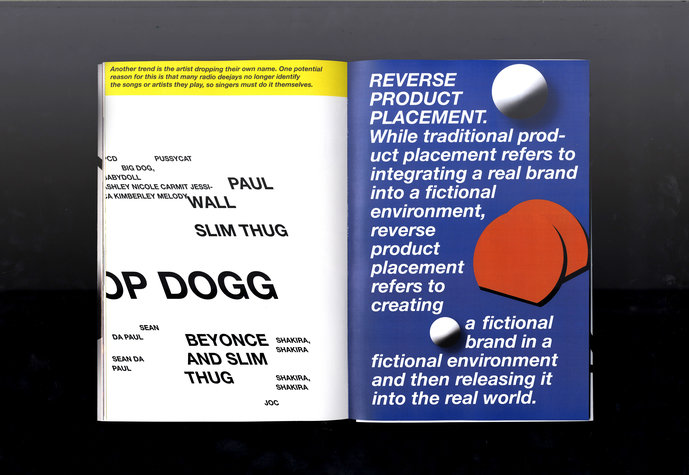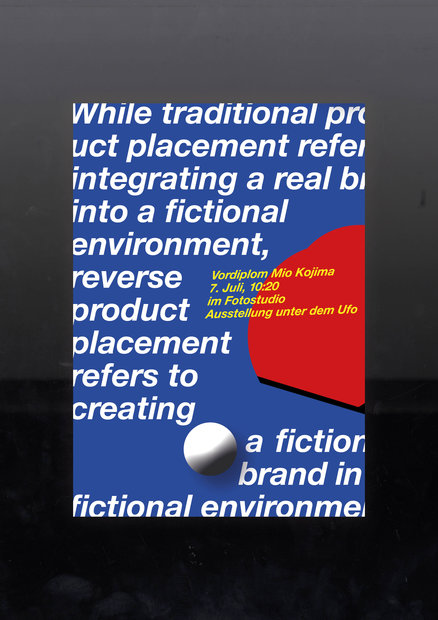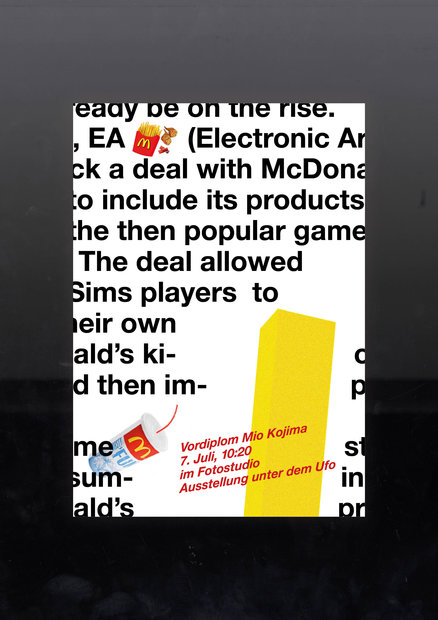

© Mio Kojima


© Mio Kojima


© Mio Kojima


© Mio Kojima


© Mio Kojima


© Mio Kojima
In the age of Facebook and Google, we are confronted with an overabundance ofinformation and their sources. Often the sources are not clear or are blurred by the telephone game principle. In the current media landscape, the recipient isincreasingly forced to select and question media content themselves. Populist positions have, in recent years, gone so far asto completely negate journalistic content. That the media language needs a critical analysis, is beyond question. Perhaps, however, the way in which journalistic content is prepared should bescrutinized instead of denying its content. The responsible recipient is aware of the fallibility of the media, but above all s/he should know its mechanisms. Can weexpect such maturity andif so, how? This circumstance prompted Mio Kojima toproduce the work 99> (99 or less).
Similar to advertising strategies, the preparation of journalistic content also reflects social trends, needsand fears. Most advertising strategies are now familiar to us, and the underlying implicit images and promises more legible. We are aware of the blurring boundaries of fiction and truth, aswe come into contact with influencers andproduct placement almost every day.
99> (99 or less) deals with the question of whether we can learn how to interpret journalistic strategies just like we read advertising strategies: by considering underlying implicit statements and basic conditions. The publication compiled during the work creates a source of confusion, where content and design compete, complement, or comment on each other in their statements. In this way, Mio Kojima brings to the attention of recipients, that what the layout communicates does not necessarily have to be on the same level as the content, and the visual presentation should always be interpreted.
Tutors:
Johnson/Kingston, Rebecca Stephany